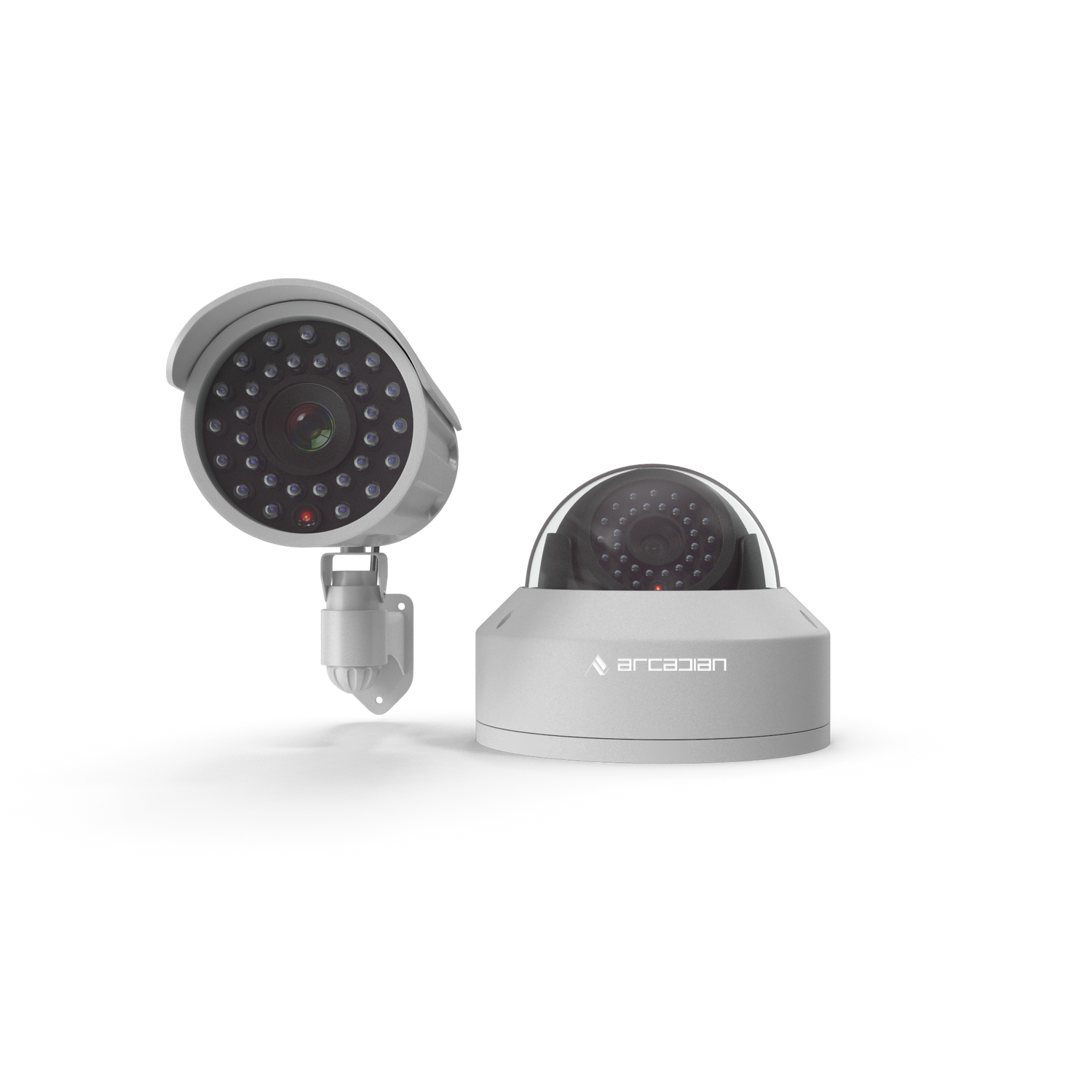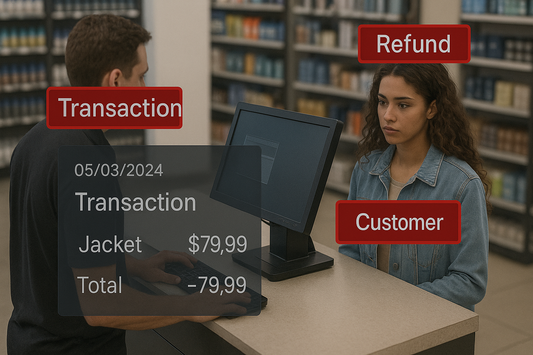Introduction: Safeguarding What Matters Most
In an unpredictable world, businesses face threats from natural disasters, theft, and operational mishaps that can disrupt operations and compromise critical data. Traditional systems, often reliant on on-premises infrastructure, leave businesses vulnerable to data loss and security breaches. Cloud-based solutions offer a modern, robust approach to mitigating these risks, ensuring data protection and operational continuity.
This blog explores how cloud technology shields businesses from floods, fires, and theft, while lowering overall risks and operational costs.
1. Protection from Natural Disasters
The Risk:
Floods, fires, and other natural disasters can destroy physical servers, wiping out essential data and bringing operations to a standstill.
How the Cloud Helps:
-
Off-Site Data Storage: Cloud-based systems store data in geographically dispersed data centers, ensuring redundancy.
-
Disaster Recovery: Automatic backups allow for rapid data restoration even if local infrastructure is compromised.
-
Real-Time Accessibility: Remote access ensures teams can continue working from unaffected locations.
Example:
A logistics hub in Florida avoided catastrophic data loss during Hurricane Ian by leveraging cloud-based backups stored in a safe, remote location.
Stat: Businesses using cloud disaster recovery systems reduce downtime by 40% compared to on-premises solutions (Source: Gartner).
2. Theft Prevention and Mitigation
The Risk:
Theft, whether of physical servers or sensitive data, can result in financial losses, legal liabilities, and reputational damage.
How the Cloud Helps:
-
Encrypted Storage: Cloud platforms use end-to-end encryption to secure data at rest and in transit.
-
Access Control: Role-based access ensures only authorized personnel can retrieve or modify data.
-
Audit Trails: Comprehensive logging tracks all access and activity, helping identify breaches quickly.
Example:
A retail chain implemented cloud-based surveillance integrated with AI-driven analytics to prevent internal theft, reducing shrinkage by 25%.
3. Cybersecurity in the Cloud
The Risk:
Cyberattacks, such as ransomware or phishing, are increasingly targeting businesses, often exploiting outdated or poorly secured systems.
How the Cloud Helps:
-
Advanced Threat Detection: AI-powered tools in the cloud monitor for unusual activity and prevent unauthorized access.
-
Regular Updates: Cloud providers roll out automatic security updates to protect against the latest vulnerabilities.
-
Data Redundancy: Even in the event of a ransomware attack, businesses can restore data from uninfected backups.
Stat: Cloud-based systems reduce ransomware recovery times by an average of 50% compared to traditional systems (Source: Ponemon Institute).
4. Operational Continuity During Crises
The Risk:
Disasters and theft not only affect data but also disrupt day-to-day operations, leading to lost revenue and productivity.
How the Cloud Helps:
-
Centralized Management: Manage multiple locations and assets from a single dashboard, ensuring operational oversight even during disruptions.
-
Remote Collaboration: Cloud solutions enable teams to access shared resources and communicate effectively, even from remote locations.
-
Rapid Recovery: Quickly restore operations with automated disaster recovery protocols.
Example:
A multi-location franchise leveraged cloud solutions to continue operations after a fire at one of its primary offices, minimizing downtime and customer impact.
5. Scalability and Cost Efficiency
The Risk:
Traditional systems require costly investments in infrastructure, which may not scale effectively with business growth or increased risks.
How the Cloud Helps:
-
Pay-as-You-Go Models: Scale resources up or down based on real-time needs without unnecessary expenditure.
-
No Physical Hardware: Eliminate the need for on-site servers, reducing maintenance costs and physical risks.
-
Global Reach: Cloud platforms support businesses with multi-location operations, offering centralized control and data storage.
Stat: Companies report saving 30%–40% on IT infrastructure costs after transitioning to cloud-based systems (Source: Deloitte).
Comparison Table: On-Premises vs. Cloud-Based Solutions
| Feature |
On-Premises Systems |
Cloud-Based Solutions |
| Disaster Protection |
Vulnerable to local events |
Redundant, off-site storage |
| Scalability |
Limited by physical hardware |
Virtually unlimited |
| Security |
Dependent on internal resources |
Constant updates, AI-driven threat detection |
| Recovery Time |
Days to weeks |
Minutes to hours |
| Cost |
High initial investment |
Subscription-based, cost-efficient |
6. Industry-Specific Applications
Logistics and 3PL Providers
-
Challenge: Protecting operational data and shipment tracking during natural disasters.
-
Solution: Use cloud-based systems for real-time tracking and redundancy, ensuring uninterrupted logistics flow.
Retail and Franchises
-
Challenge: Shrinkage from theft and data loss due to cyberattacks.
-
Solution: Leverage AI-driven cloud surveillance to prevent theft and secure customer data.
SMBs and Communities
-
Challenge: Limited resources for robust security solutions.
-
Solution: Adopt affordable cloud surveillance systems to gain enterprise-level protection without high costs.
7. Key Benefits of Cloud Solutions
-
Disaster Resilience: Protect data and operations from floods, fires, and theft with off-site storage and redundancy.
-
Cost Efficiency: Reduce infrastructure and maintenance costs with scalable subscription models.
-
Enhanced Security: Stay ahead of cyber threats with AI-powered threat detection and encryption.
-
Operational Continuity: Minimize downtime and maintain business functionality during crises.
-
Global Scalability: Support multi-location operations with centralized control and data access.
Conclusion: Why Cloud Solutions Are Essential for Modern Businesses
In an era where risks are increasingly unpredictable, cloud-based solutions offer unmatched protection, scalability, and efficiency. From safeguarding critical data during floods or fires to minimizing the impact of theft and cyberattacks, the cloud provides businesses with the tools they need to thrive in any situation.
Ready to secure your business against disasters and theft?
👉 Contact Arcadian.ai today to explore how our AI-powered cloud solutions can protect what matters most.
Visit Us on Social Media
💼 LinkedIn
🌐 Facebook
📸 Instagram
🎥 YouTube
🎬 TikTok
🐦 X









